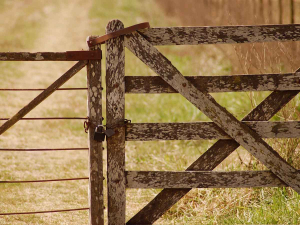OPINION: In two weeks we'll bid farewell to 2024. Dubbed by some as the toughest season in a generation, many farmers would be happy to put the year behind them.
While some - like dairy farmers - enjoyed a reasonable milk price, others like sheep farmers suffered a double whammy. They faced soaring fertiliser and diesel prices, and interest rates, with subdued returns for lamb.
However, NZ farmers are a resilient lot. This isn't the first downturn they've faced. The fact that they are still farming is a testament to their tenacity.
The silver lining to a tumultuous 2024 is that next year is looking better - on several fronts.
For dairy farmers, a record $10/kgMS milk price is on the cards this season and milk production is up. While not all parts of New Zealand have enjoyed good conditions for pasture growth, the majority of the dairy regions are well ahead of last season in terms of production.
DairyNZ expects the average breakeven milk price will be $8.15/kgMS this season, so a $10 milk price means the profit margin this season will be the largest seen in the past decade.
For the red meat sector, there are signs of cautious optimism. B+LNZ reports the North Island has enjoyed strong lambing conditions, leading to strong lamb growth.
In the South Island, farmers faced prolonged cold, wet weather and snowstorms during lambing but worked hard to minimise potential losses.
Early-season farmgate prices for sheepmeat are higher than last spring, and cattle prices remain strong. Combines with recent interest rate cuts, this has eased pressure on some farmers.
Farmer confidence is also flowing back as Rabobank's latest survey shows net confidence reading now at +34% (from +3%) - its highest level since mid-2017.
Recent policy announcements by the Government, such as the move to curb farm conversions into carbon farming and new independent advice on methane targets, have brought some certainty and lifted sector confidence. The Government has promised to do more.
No one is predicting a bumber 2025 for the ag sector but all indications are that it will be nothing like 2024. Let's hope so.



















